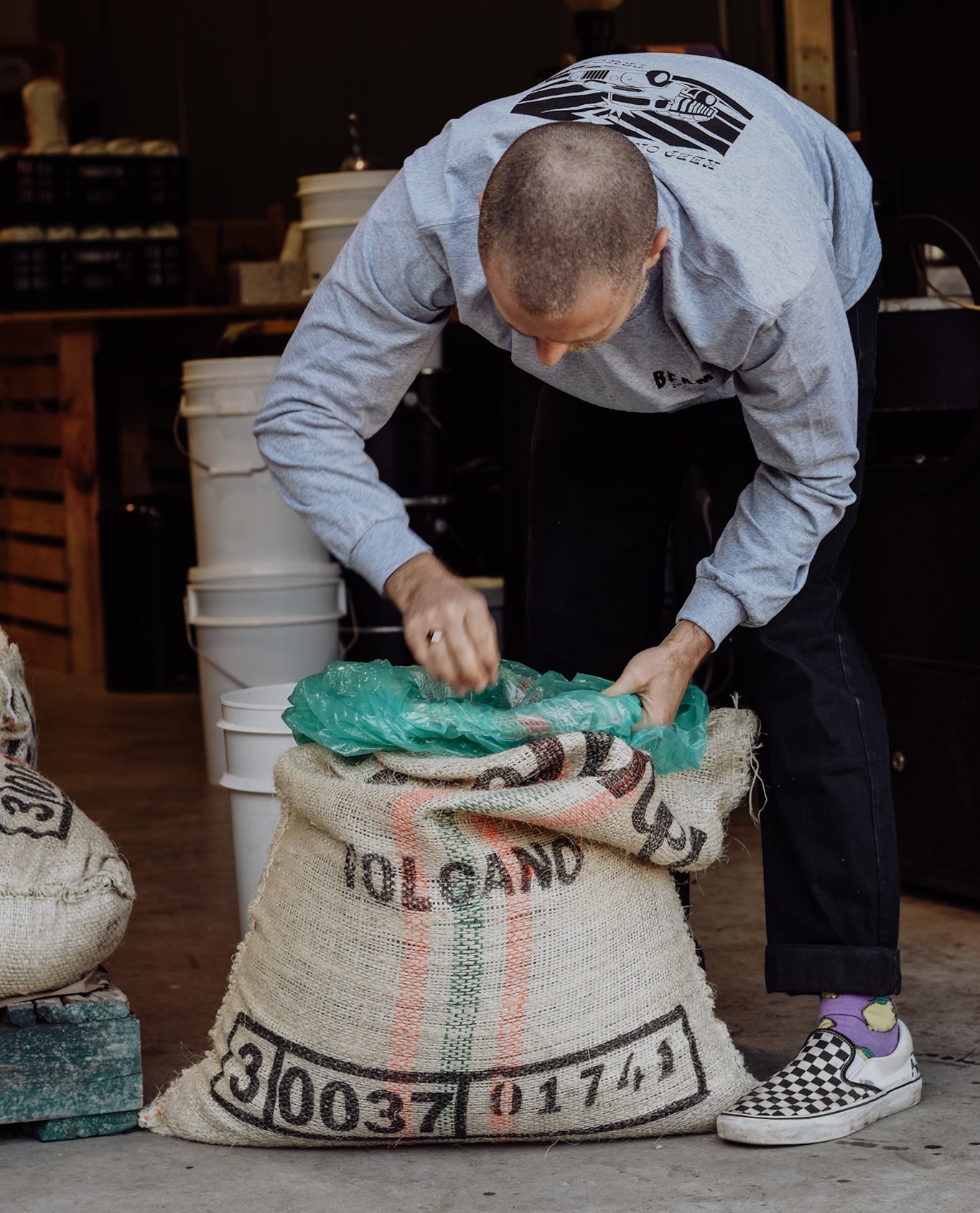Most people wouldn’t think twice about paying $30 for a bottle of wine. But when it comes to coffee, we still expect to pay $5 or less.
According to Beam Coffee founder and roaster Reece Cooper, that doesn’t quite stack up.
“Producing coffee is way harder than making wine or beer. There are so many more variables—from the tree to the farm to the fermentation. It's this massive chain of skilled people and processes, all just to make one cup.”
So what actually goes into a great cup of coffee? Let’s break it down.
It starts with a tree that could live for 100 years
Coffee plants are long-living trees that fruit year after year. Farmers spend decades caring for them—nurturing the soil, protecting the environment, and hoping for the right mix of rainfall, sunlight, and shade.
Once the coffee cherries appear, they ripen at different times (unlike bananas or avocados), so they have to be hand-picked at peak ripeness.
“You can’t just harvest them all at once. Expert pickers have to go in and select the perfectly ripe red cherries. It takes about 6 kilos of cherries to produce 1 kilo of green coffee.”
From cherry to seed: fermentation, sorting and drying
Once picked, cherries are taken to a mill where they're sorted by quality, depulped, and fermented in water tanks. The fermentation process is monitored closely, sometimes for up to 72 hours, using tools like brixometers to check sugar and alcohol levels.
“It’s a controlled fermentation—like winemaking, but way more hands-on. People check every tank, every day. It’s an expert job.”
After fermentation, the seeds (now green beans) are washed, dried on patios or raised beds, and monitored constantly—turned by hand, covered if it rains, and dried over 10–21 days.
Sorting, shipping, roasting
The beans are hulled, sorted again (sometimes by hand or using colour-sorting machines), and packed in sealed grainpro bags. From there, they’re shipped across the world to roasters.
“By the time we receive the green coffee, it’s already been through a dozen hands and processes. Then it’s our job to roast it with respect and bring out the best in it.”
At Beam, that means small-batch roasting, precision profiling, and obsessively tasting every batch.
Then the barista steps in
After all that, the final step is brewing the coffee—dialling in extraction, steaming milk, and balancing every element.
“Compare that to wine: the hospitality side is opening a bottle and pouring it. With coffee, the equipment alone costs tens of thousands of dollars, and the skill required is next level.”
So… is a $5 coffee really expensive?
Not when you consider the journey. From the farmer to the picker, the mill manager to the roaster, the barista to your cup—it’s one of the most complex drinks you’ll ever consume.
“Going out for coffee is still probably the cheapest thing you can do. It supports thousands of people and gives so much value. It’s worth it.”
At Beam, we make it easy—but we never take it for granted
We do all the sourcing, roasting, and obsessing—so it’s heaps easy for you to make a good (actually exceptional) coffee at home. No wankery, just good coffee made easy.

